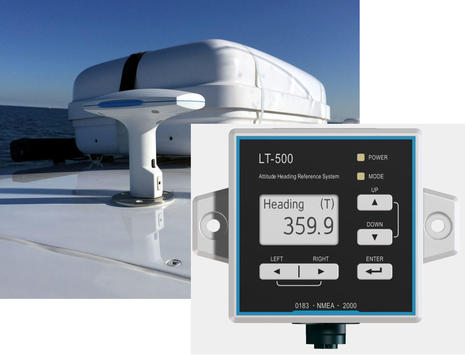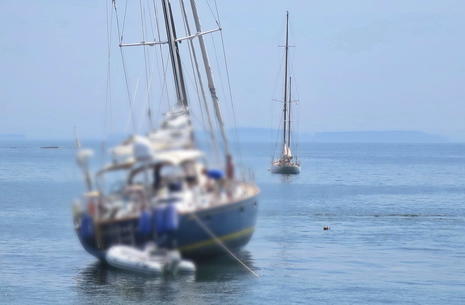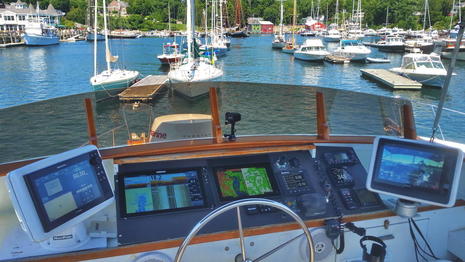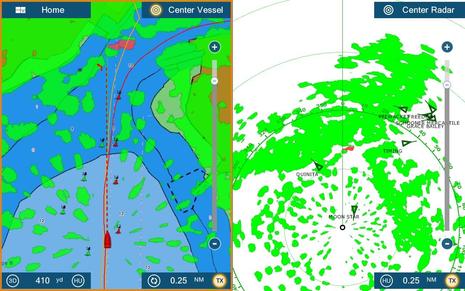Standard Horizon GX6500: a loaded VHF radio also integrated with Class B AIS
The wait is almost over. The Standard Horizon Quantum GX6500 combines Class B AIS and VHF transceivers into one device, an important first in critical marine communications that some boaters have long hoped for. It is not yet for sale pending FCC approval, but the expected price of $800 seems quite reasonable given the install efficiency, the integrated GPS/VHF/AIS features, and a lot more that Standard has designed in. The GX6500 would be an extraordinary radio even without the AIS…



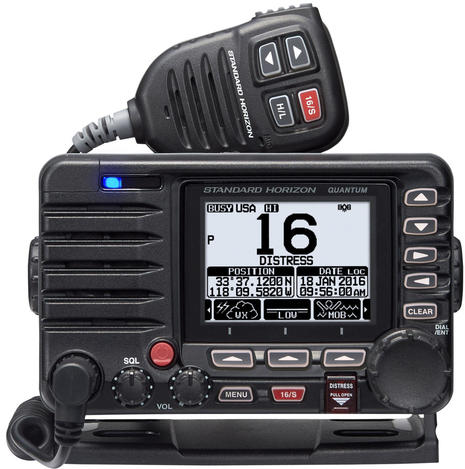
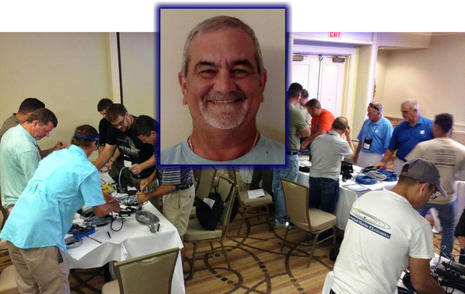
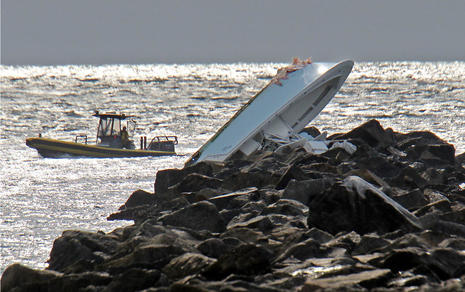
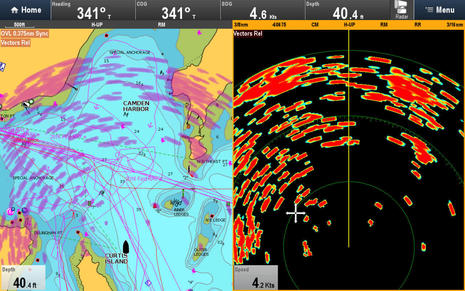
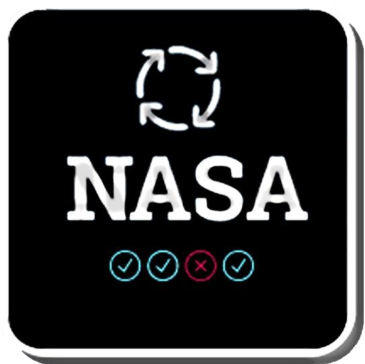 Marine electronics tech support is a ritual I’m all too familiar with. Dial the phone, wade through the metaphorical press one for yes, two for no and wait until the tech picks up. For the average boater this can quickly turn into a button pushing slog with unsatisfactory results. Tech: “What version of software are you running?” Boater: I don’t know, where do I find it?” Tech: “Go to the System tab.” Boater: “Where’s the system tab?” Tech: “It’s in Settings.” Boater: “Where’s Settings?” I won’t belabor this but sometimes it takes a lot of patience to provide tech support with the information they need to help you. This is now changing for the better with Navico’s new cloud-based
Marine electronics tech support is a ritual I’m all too familiar with. Dial the phone, wade through the metaphorical press one for yes, two for no and wait until the tech picks up. For the average boater this can quickly turn into a button pushing slog with unsatisfactory results. Tech: “What version of software are you running?” Boater: I don’t know, where do I find it?” Tech: “Go to the System tab.” Boater: “Where’s the system tab?” Tech: “It’s in Settings.” Boater: “Where’s Settings?” I won’t belabor this but sometimes it takes a lot of patience to provide tech support with the information they need to help you. This is now changing for the better with Navico’s new cloud-based 